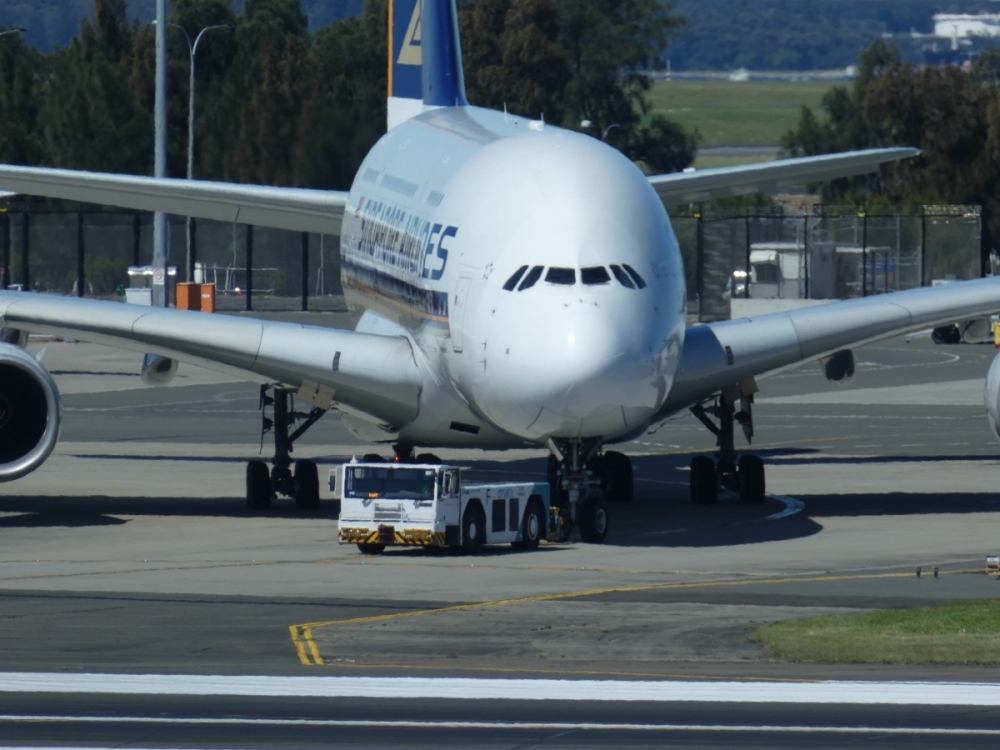The recovery of international passenger traffic in the Asia-Pacific continues to seriously lag the rest of the world amid warnings governments are basing decisions on political expediency rather than science.
International passenger traffic in the region remained 94.2 percent below July 2019 levels after barely improving on the 94.7 percent drop in June.
Airlines in the region on average filled just over a third of their international seats — the lowest of any region — even though capacity was down 86 percent compared to the same month in 2019.
READ: EU travel downgrade deals a blow to trans-Atlantic recovery.
The International Air Transport Association says the low figures are the result of the Asia-Pacific, once an international air travel powerhouse, having the strictest border control measures of any region.
The result compared to a July global figure that was 73.6 percent below 2019, although this was an improvement on June’s figure of an 80.9 percent decline versus two years ago.
Falls in other regions ranged from 62.1 percent in North America and 64.2 percent in Europe to 74.5 percent in the Middle East.
IATA director-general Willie Walsh said it was clear too many governments had missed the opportunity to apply a risk-based approach to managing their borders.
“The growing number of fully vaccinated travelers and the prevalence of testing provided the chance to restore international connectivity and bring much-needed relief to economies that are heavily reliant on travel and tourism,’’ Walsh said.
“Instead, governments continued to behave as if it was the summer of 2020. Economies and the labor force will pay the price for decisions that were made not based on science, but on political expediency.
“Governments have rightly urged their populations to be vaccinated; now governments need to have confidence in the benefits of vaccinations—including the freedom to travel,”
A stronger domestic recovery, helped by China, meant the Asia-Pacific’s overall passenger traffic — combined international and domestic — was down 62.7 percent compared to 2019.
This was still a bigger deficit than the global decline in overall domestic passenger traffic compared of 53.1 percent compared to 2019. Only the Middle East registered a bigger fall.

Global domestic passenger traffic was back to 85 percent of pre-crisis levels with domestic Chinese numbers within striking distance of 2019 figures.
Domestic lockdowns saw Australia sink further with domestic traffic in July 75.4 percent below the equivalent 2019 level, a deterioration of the 54.1 percent decline in June.
























